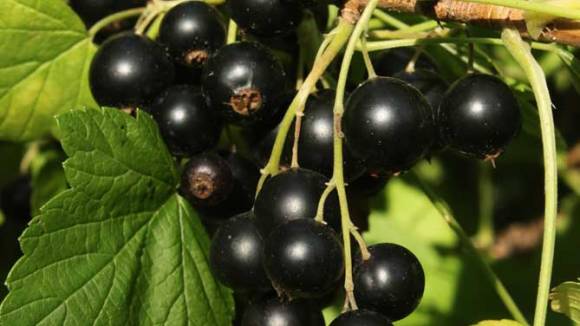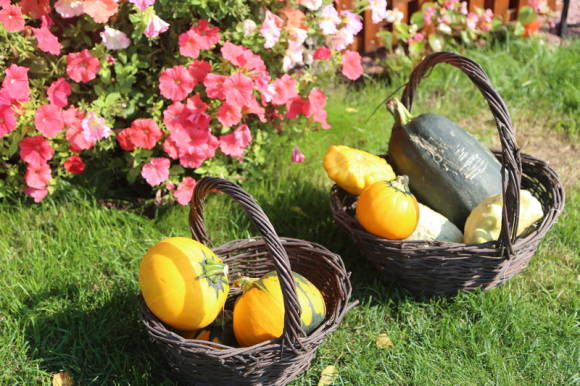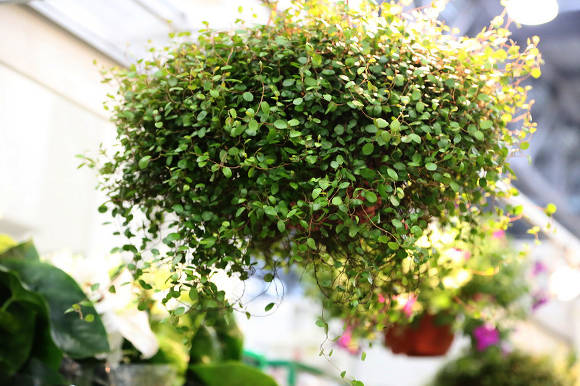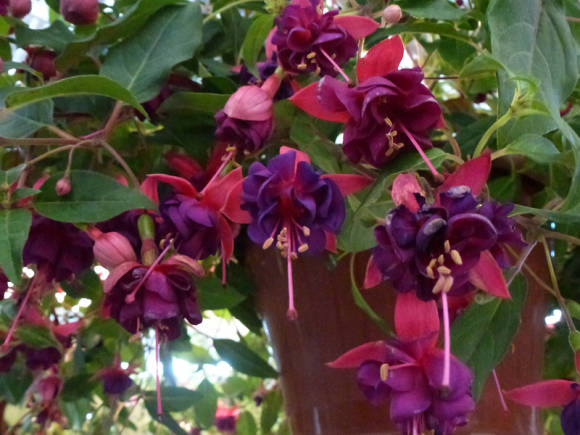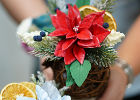 The planting material for hedges is usually closed-rooted conifers, which are commercially available throughout the season, and open-rooted deciduous plants sold in bunches of several in spring in garden centers. The best age for hedge seedlings: conifers - 3-4 years, deciduous - 2-3 years. The use of large deciduous planting material in containers is only advisable for the purpose of quickly creating free-growing hedges, it is better to form a sheared hedge from the very beginning. Adult planting material adapts worse to unfavorable conditions (wind, gases, dust), and it is not economically viable. The use of such planting material is justified when choosing slowly growing conifers, grafted varieties of lilacs, roses. Some nurseries offer ready-made hedges in containers that are sold in linear meters, but this is an expensive pleasure.
The planting material for hedges is usually closed-rooted conifers, which are commercially available throughout the season, and open-rooted deciduous plants sold in bunches of several in spring in garden centers. The best age for hedge seedlings: conifers - 3-4 years, deciduous - 2-3 years. The use of large deciduous planting material in containers is only advisable for the purpose of quickly creating free-growing hedges, it is better to form a sheared hedge from the very beginning. Adult planting material adapts worse to unfavorable conditions (wind, gases, dust), and it is not economically viable. The use of such planting material is justified when choosing slowly growing conifers, grafted varieties of lilacs, roses. Some nurseries offer ready-made hedges in containers that are sold in linear meters, but this is an expensive pleasure.
When combining different plants, it is important to take into account their biological characteristics - the nature of the crown, growth rate, attitude to light, moisture, soil composition, and, of course, compatibility from an aesthetic point of view.
The best time to plant a hedge is from late April to mid-May, especially for plants with an open root system. At a later date - until mid-July - it is possible to plant plants from containers or with a lump. Autumn planting for conifers is possible from mid to late August, when the root formation process is activated, and for deciduous trees - from late August to early October.
It is better to plant a hedge in a trench, and not in separate holes, so that the hedge grows in a single array. Its width for a single-row planting should be 40-50 cm, for a double-row planting - 70-90 cm, for a multi-row planting, 30-40 cm is added to each next row.The depth is 50-60 cm.
 The upper, fertile layer, taken out of the trench, is mixed with peat, humus or compost, mineral fertilizers are added. If necessary, sand is added to heavy loams, loam to sandy loam, lime to acidic soils, peat to alkaline soils. It must be remembered that manure should not be applied under conifers (especially spruce and fir). The acidity of the soil is adjusted to the requirements of the planted plants. The resulting soil mixture is poured into a trench 10-15 cm above the soil surface, taking into account the further subsidence of the substrate.
The upper, fertile layer, taken out of the trench, is mixed with peat, humus or compost, mineral fertilizers are added. If necessary, sand is added to heavy loams, loam to sandy loam, lime to acidic soils, peat to alkaline soils. It must be remembered that manure should not be applied under conifers (especially spruce and fir). The acidity of the soil is adjusted to the requirements of the planted plants. The resulting soil mixture is poured into a trench 10-15 cm above the soil surface, taking into account the further subsidence of the substrate.
Then pegs are installed - in the center for a single-row hedge or at a distance equal to the width of the row spacing - for a two-row. A cord is pulled between the pegs and pits for plants are prepared along it, in the case of a multi-row planting, the pits are made in a checkerboard pattern. After that, the pegs are removed and the plants are planted.
Planting density depends on biological characteristics, the type and height of the hedge, the number of rows:
Hedge type | Distance between plants in a row | Distance between rows |
Walls - molded - free growing | 0.8-1.2 m 1.0-2.0 m | up to 1.0 m up to 2.0-3.0 m |
Hedges - molded - free growing | 0.4-0.6 m 0.8-1.0 m | 0.6-0.8 m 1.0-1.5 m |
Curbs - molded - free growing | 0.2-0.3 m up to 0.5 m | 0.3-0.4 m 0.5-0.6 m |
In a single-row hedge, 3-5 plants per 1 m are usually placed. A denser planting is suitable for shade-tolerant, slow-growing and narrow-crown breeds, for molded hedges. In free-growing hedges, planting is freer, while taking into account the width of the crown of shrubs or trees in an adult state. The gaps between individual plants in such a hedge in the early years can be decorated with annuals or fast-growing herbaceous perennials.
 When planting, it is necessary to take into account the position of the root collar (where the trunk transitions to the root).In grafted plants, it should be located at the level of the soil; for self-rooted plants, a slight deepening is permissible. Before planting, you need to remove damaged roots, cut healthy ones by 1-2 cm to stimulate root formation.
When planting, it is necessary to take into account the position of the root collar (where the trunk transitions to the root).In grafted plants, it should be located at the level of the soil; for self-rooted plants, a slight deepening is permissible. Before planting, you need to remove damaged roots, cut healthy ones by 1-2 cm to stimulate root formation.
After planting, the plants need to be watered abundantly, even if it rains, in order to provide the roots with moisture and compact the soil around the roots. It is useful to add one of the root formation stimulants to the water - Kornevin, Ukorenit, Zircon or Heteroauxin. To reduce moisture evaporation and suppress the growth of weeds, it is necessary to mulch the soil with sawdust, bark, wood chips, peat or at least cut grass.
If planting material was used for planting that was not specially formed for hedges, then in the case of spring planting, the plants should be immediately cut along a cord to a height of 20-30 cm from the ground (side branches should be shortened by ½) to improve survival and stimulate branching. If planting was carried out in the fall, it is better to do this pruning in the spring.
Based on materials from books:L.I. Uleiskaya, L. D. Komar-Dark "Living hedges", M., 2002,A.Yu. Sapelin "Hedges", M., 2007.
